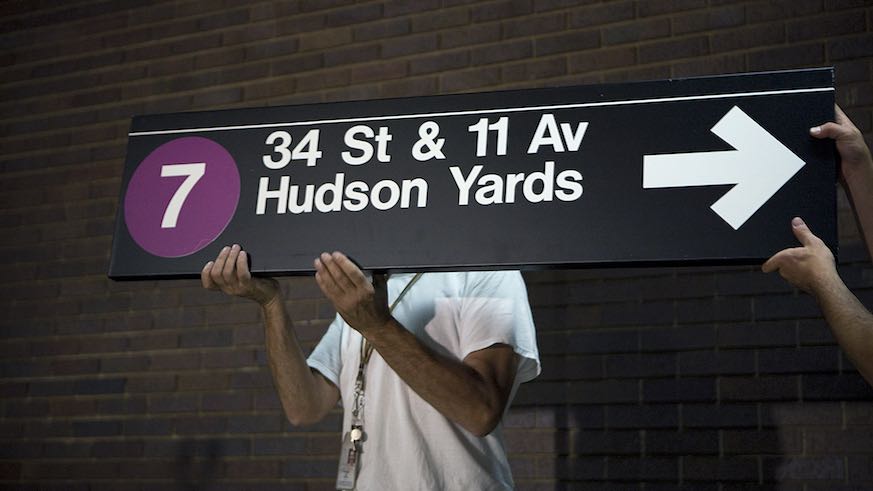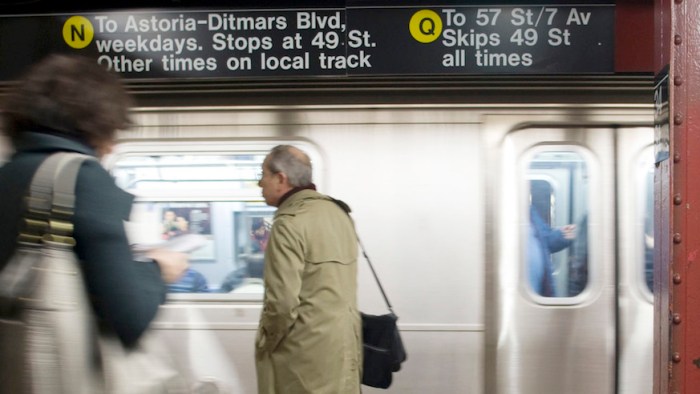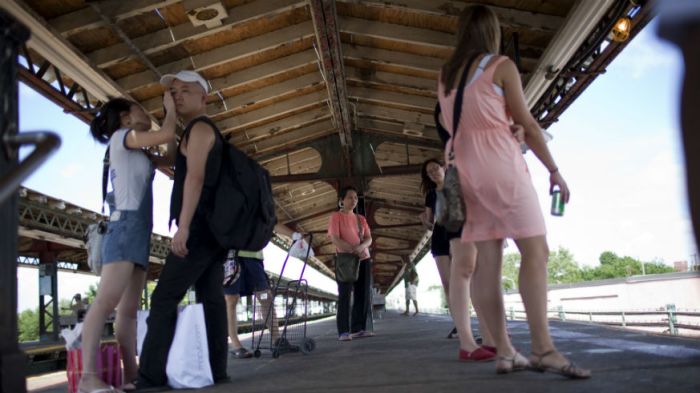There is more to the second anniversary for Metropolitan Transportation Authority New York City Transit starting service on the No. 7 subway line to the new 34th Street–11th Ave Hudson Yards station in September 2015 that few remember. The original cost of the overall project was $2.1 billion and ended up at $2.4 billion not counting the subway station that had to be dropped from the original scope of work along with additional subway cars necessary to provide opening day service for transit riders. Neither NYC nor the MTA could find $500 million to cover the proposed new intermediate subway station to be built at 10th Avenue and 41st Street. This station was part of the original project. One trick used by transit managers to complete any project within budget, is to drop a portion of the original work. This saves the necessary dollars which were not available to deliver 100 percent of what was originally promised. Deletion of this second station kept the project cost at $2.4 billion rather than $2.9 billion.
Construction started in 2007 with a planned completion date of December 2013. The anticipated first day of public service slipped several times from this date. First, by six months to June 2014; second, eight more months to February 2015; third, four more months to June 2015 and finally Sept. 13, 2015.
What the public, transit riders, transit advocacy groups and the media are unaware of is MTA’s senior management decision when the project was in the planning stage several years prior to 2007. They instructed staff deliberately not to follow the federal National Environmental Protection Act process or enter the Federal Transit Administration New Starts process. The MTA did not want to go after New Starts funding for this project. This would have had this project compete against both the Long Island Rail Road East Side Access to Grand Central Terminal and NYC Transit Phase One Second Avenue Subway projects for Federal Transit Administration New Starts funding. The MTA provided no financial assistance and insisted NYC pay for virtually all of the project costs
The MTA could have leveraged the $2.4 billion in locally committed funding to apply for up to $500 million in federal New Starts funding. Using $2.4 billion as local share would have demonstrated local commitment, financial capacity and significant over match for justification of these additional dollars from Washington. These funds could have convinced the Federal Transit Administration to provide $500 million in federal funding that would have paid for the deleted station at 10th Avenue and 41st Street.
Offering to pay over 80 percent of the total project cost, would have made it easier for both City Hall and the MTA to compete against other transit agencies around the nation who has their own proposed New Starts project, to obtain $500 million. Work for the deleted station could have been part of original construction bid package awarded in 2007. It could have been included as an option to the base bid. This would have afforded the MTA Office of Capital Construction the opportunity to add the deleted station as part of the base construction contract at a later date if funding was found. This was dropped from the original scope of work for the No. 7 subway Hudson Yards extension as a means to keep the project within a baseline $2.1 billion budget. In the end, the cost was $2.4 billion without this station. The MTA will need a new procurement and third party contractor to build the station. NYC Transit will have to spend millions providing their own employee Force Account to support the construction contractor. They will be needed to provide flagging support which insures the safety of private contractor employees who will have to work adjacent to active subway tracks. The new contractor will also require a staging area for supplies and other support equipment. The previous contractor already had a staging area for supplies, support equipment and employees already mobilized to do the work. They had little need for NYC Transit Force Account flagging support as there was no active subway service. It would have been cheaper to the build the deleted station with the existing contractor already mobilized, on site with few obstacles.
Should the MTA find future funding for this station, the cost could be significantly higher than $500 million. The estimated cost today is $800 million to build the new No. 7 subway station at 10th Avenue and 41st St. There is no funding in the current $32 billion MTA 2015 – 2019 Five Year Capital Plan for this project. The next opportunity for funding would be under the upcoming MTA 2020 – 2024 Five Year Capital Plan. Even if funding was approved under this plan, you would still need to complete design and engineering followed by construction. The cost could easily exceed $1 billion or more.
Without construction of the deleted intermediate station, riders and taxpayers continue to question if $2.4 billion for an extension of a mile and a half, including one additional station built 21 months behind schedule, was worth the cost.
Larry Penner is a transportation historian and advocate who previously worked 31 years for the US Department of Transportation.
























